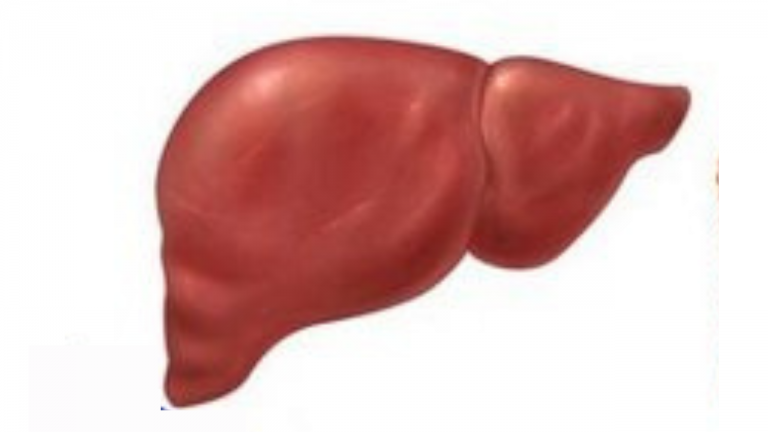Importance of Exercise in Pain Management

Move More, Hurt Less: The Exercise Prescription for Pain Relief
Introduction: Chronic pain affects millions worldwide, impairing quality of life and often resisting conventional treatments. Amidst this challenge, a powerful yet underutilized tool stands tall: exercise. While it may seem counterintuitive to move when in pain, research overwhelmingly supports the benefits of exercise in pain management. This article delves into the significance of exercise as a prescription for pain relief, exploring its mechanisms, types, and practical implementation.
The Mechanisms Behind Exercise and Pain Relief:
- Endorphin Release: Exercise triggers the release of endorphins, the body’s natural painkillers, offering immediate relief and a sense of well-being.
- Neuroplasticity: Regular physical activity rewires the brain, reducing pain sensitivity and altering pain perception.
- Improved Circulation: Exercise enhances blood flow, delivering oxygen and nutrients to injured tissues while flushing out toxins, promoting healing.
- Muscle Strength and Flexibility: Strengthening muscles and improving flexibility through exercise can alleviate strain on joints, reducing pain associated with conditions like osteoarthritis.
- Stress Reduction: Exercise reduces stress hormones like cortisol, which can exacerbate pain, while promoting relaxation and improving sleep, essential for pain management.
Types of Exercise for Pain Relief:
- Aerobic Exercise: Activities such as walking, swimming, or cycling elevate heart rate, promoting endorphin release and improving cardiovascular health.
- Strength Training: Resistance exercises using weights or resistance bands build muscle strength, supporting joints and reducing pain associated with conditions like fibromyalgia.
- Flexibility and Stretching: Gentle stretching exercises enhance flexibility, alleviating stiffness and improving range of motion in joints affected by conditions like rheumatoid arthritis.
- Mind-Body Exercises: Practices like yoga, tai chi, and qigong combine physical movement with mindfulness, promoting relaxation, reducing stress, and easing pain.
- Low-Impact Activities: For those with joint pain or mobility issues, low-impact exercises like water aerobics or elliptical training offer pain relief without exacerbating symptoms.
Implementing Exercise for Pain Management:
- Consultation: Before starting any exercise regimen, consult with a healthcare professional, especially if you have underlying medical conditions or chronic pain.
- Start Slow: Begin with low-intensity exercises and gradually increase duration and intensity as your fitness level improves, minimizing the risk of injury.
- Listen to Your Body: Pay attention to how your body responds to exercise, distinguishing between discomfort associated with exertion and pain signaling potential injury.
- Consistency is Key: Aim for regular, consistent exercise sessions, as the cumulative benefits of exercise on pain relief often require ongoing commitment.
- Enjoyment Matters: Choose activities you enjoy and that fit your preferences and lifestyle, increasing adherence and long-term sustainability.
Conclusion: In the realm of pain management, exercise emerges not as a mere adjunct but as a potent prescription with multifaceted benefits. By understanding its mechanisms, embracing diverse forms, and integrating it into daily life, individuals can reclaim control over their pain and embark on a journey towards improved well-being. So, remember, move more, and hurt less—the exercise prescription for pain relief awaits.



